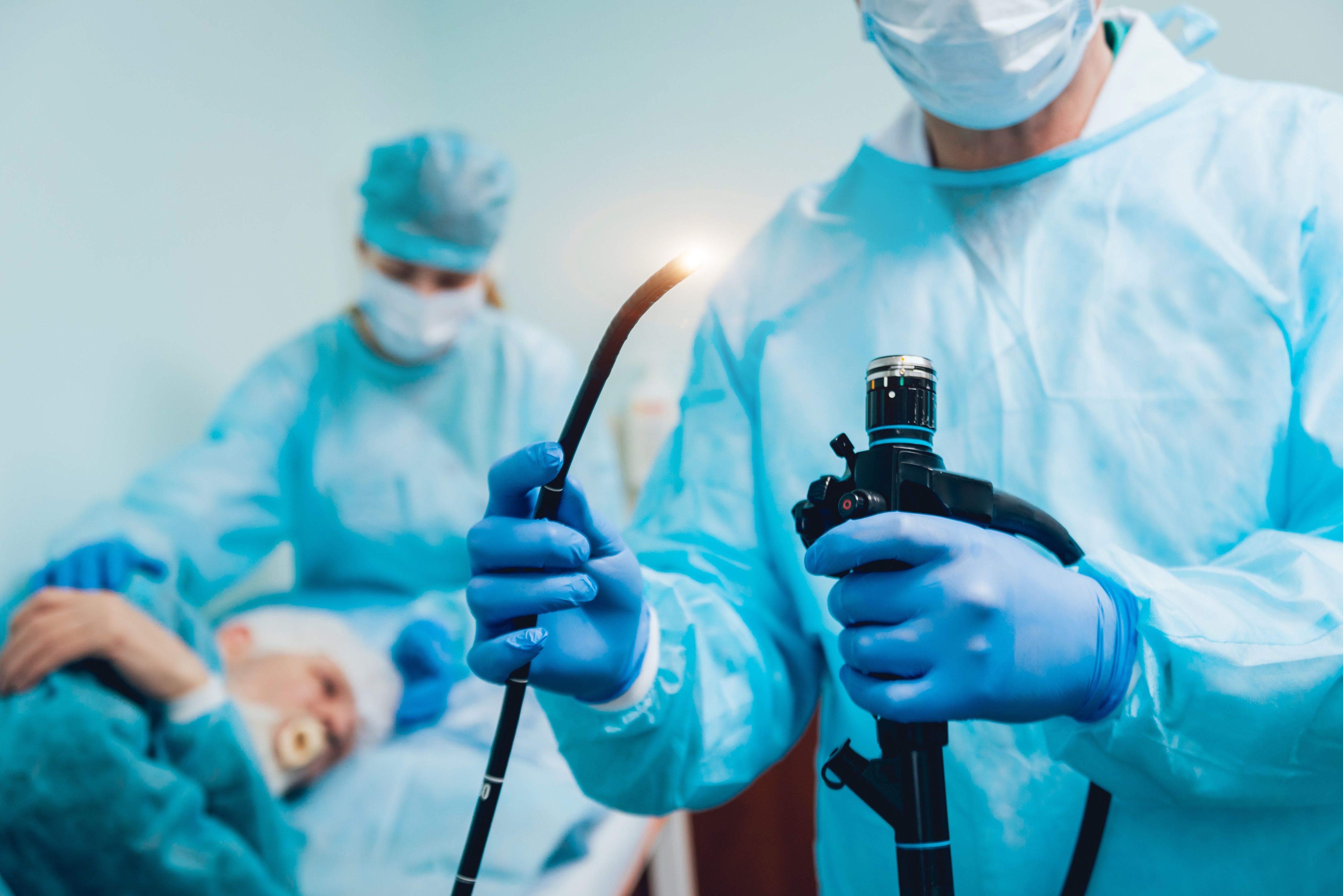Adding Blue Light Cystoscopy to Standard White Light Decreases Tumor Recurrence in a Type of Bladder Cancer
Findings from an interim analysis of data show that the addition of blue light cystoscopy to conventional white light significantly improved clinical outcomes in a group of patients with non–muscle-invasive bladder cancer.
Treatment with conventional white light cystoscopy plus the addition of blue light cystoscopy significantly improved clinical outcomes in a group of patients with non–muscle-invasive bladder cancer (NMIBC), according to an interim analysis of data presented at the 2022 Society of Urologic Oncology (SUO) Annual Meeting in San Diego.1
Initial findings showed that risk of tumor recurrence in the group of patients with non–muscle-invasive bladder cancer who received blue light cystoscopy with white light was significantly lower than in patients who received white light cystoscopy alone.

In fact, the study authors suggest that the findings show that better tumor detection through enhanced cystoscopy may lead to more favorable long-term outcomes in a real-world setting.
“Patients with [NMIBC] suffer high recurrence rates that may lead to greater disease progression and worse overall clinical outcomes,” wrote the authors, led by Siamak Daneshmand, MD, professor of urology and director of clinical research at Keck School of Medicine at the University of Southern California in Los Angeles. “White light cystoscopy (WLC) is the standard of care for monitoring NMIBC though there is substantial evidence that enhanced detection methods such as blue light cystoscopy (BLC) can find further tumors missed by white light alone.”
The data were derived from a prospective, real-world evidence study titled US Blue Light Cystoscopy with Cysview Registry (NCT02660645), which is projected to enroll 4400 patients. Data will be collected longitudinally over 5 years on patients from each of the 7 enrolled sites.2 Participants include adult patients with NMIBC who have undergone transurethral resection of the bladder (TURBT) using blue light as an adjunct to WLC.
All registry patients included in the interim analysis of the study received BLC (n = 2055) and were compared with a historical control group of patients who only received WLC (n = 261). Both groups were similar in regard to age, stage, grade, and clinical management (ie, intravesical therapy). Mean follow-up of patients was 27.4 months (range, 26-78 months) for the BLC Registry study group and 53 months (range, 37-71 months) for the WLC historical control group.
The secondary outcome of recurrence-free survival was analyzed using a Kaplan-Meier model with 95% CIs, and the associated p-value was generated from a Log-Rank Sum test. Initial findings showed that risk of tumor recurrence in the BLC Registry group was significantly lower than in patients who received WLC alone (P < .0001). These results remained true as rates of recurrence tracked over 5 years in the BLC group consistently outperformed the results in the WLC-only group.
Results from the analysis indicate that enhanced cystoscopy can lead to better tumor detection and more favorable long-term outcomes in a real-world setting. The study is expected to have final data collection in December 2025.
References
1. Daneshmand S, Healy P, Kenny R, et al. The impact of blue light cystoscopy on tumor recurrence in non-muscle invasive bladder cancer patients treated in a real world setting. Presented at: Society for Urologic Oncology (SUO) 23rd Annual Meeting; November 30-December 2, 2022; San Diego, California. Poster 87. https://suo-abstracts.secure-platform.com/a/gallery/rounds/15/details/2721
2. Blue Light Cystoscopy With Cysview Registry (BLCCR). ClinicalTrials.gov. Updated October 25, 2021. Accessed December 1, 2022. https://clinicaltrials.gov/ct2/show/NCT02660645